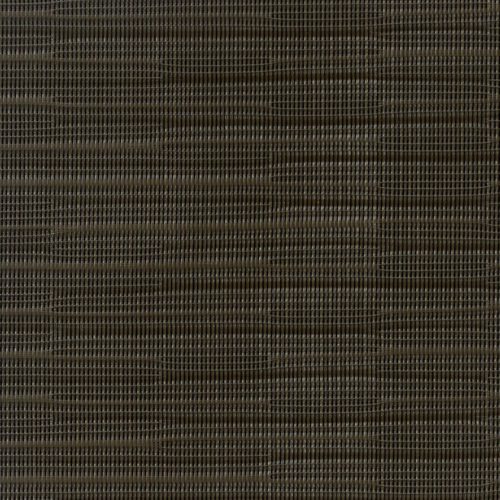Majesty
12% Openness
Print page
Chalk

Obsidian

Pewter

Sandstone

Tawny
Specifications
Maximum Fabric/Shade Width: 118″
UV Blockage: Approximately 88%
Composition: 76% PVC, 24% Polyester
Fabric Weight: 13.4 oz/yd²
Fabric Thickness: 0.032″
Railroad Available: No
Printable Available: No
Fire Classification: NFPA 701-10 TM#1
Bacterial and Fungal Resistance: ASTM G21
Operating System: RB 500 Operating System with manual chain and ANSI compliant cord tensioner, manual crank, and motorization
Note: Several factors determine the maximum length of fabric. Please send project-specific specifications to our quoting department for more information.
Care and Cleaning
Regular light dusting with a feather duster is suggested. A hand-held vacuum with low suction may also be used. When vacuuming, avoid pulling or stretching the fabric. Rigorous vacuuming is not recommended since this could distort the fabric. Alternatively, dirt and debris can be blown away using compressed air or a hand-held hair dryer on the cool setting. Spots can be cleaned by gently blotting with a soft, damp cloth or sponge, using lukewarm water and a mild detergent. Be careful not to apply too much pressure to the fabric. Allow fabric to air dry.
| Color |
|---|
| Chalk |
| Obsidian |
| Pewter |
| Sandstone |
| Tawny |
Solar Optical Properties
| TS | RS | AS | TV |
|---|---|---|---|
| 32 | 54 | 14 | 32 |
| 18 | 8 | 74 | 23 |
| 15 | 12 | 73 | 21 |
| 32 | 38 | 30 | 33 |
| 20 | 15 | 65 | 25 |
| Color |
|---|
| Chalk |
| Obsidian |
| Pewter |
| Sandstone |
| Tawny |
Shading Coefficient (Single)
| 1/4" CL | 1/4" HA |
|---|---|
| 0.45 | 0.38 |
| 0.70 | 0.51 |
| 0.67 | 0.05 |
| 0.55 | 0.43 |
| 0.66 | 0.49 |
The fenestration property tests were conducted by Matrix, Inc. at its Mesa, AZ solar laboratory. The samples were tested in accordance with ASHRAE Standard 74-1988 "Methods of Solar Optical Properties Materials". The Solar Transmittance (TS), Solar Reflectance (AS), Solar Absorption (AS), Visual Light Transmittance (TV) and Openness Factor were determined for fabric alone. The Shading Coefficients (SC) were determined for the fabric used with a 1/4" clear plate (CL) and a 1/4" heat (HA) plate. The TS, RS, AS, and TV are expressed in percentages. The solar optical properties are used to calculate the shading coefficient. The shading coefficient represents the percentage of solar heat gain that is transmitted to the interior through the glass and shading system. Darker colors provide maximum glare reduction and visibility.
* Please note that the Openness Factor is an approximation and may vary from color to color in the same fabric due to the color and manufacturing process.

